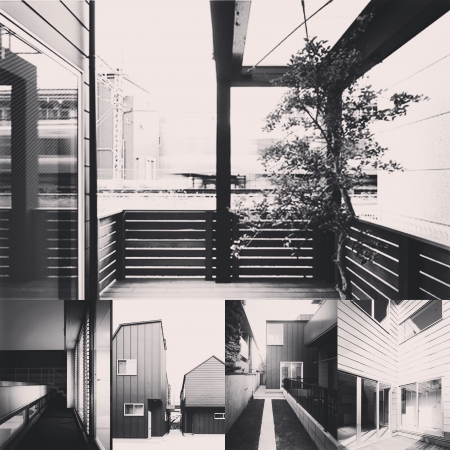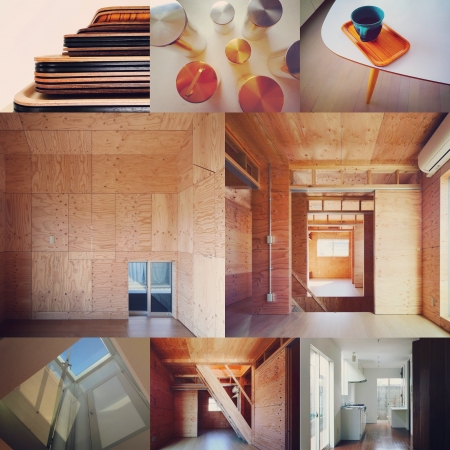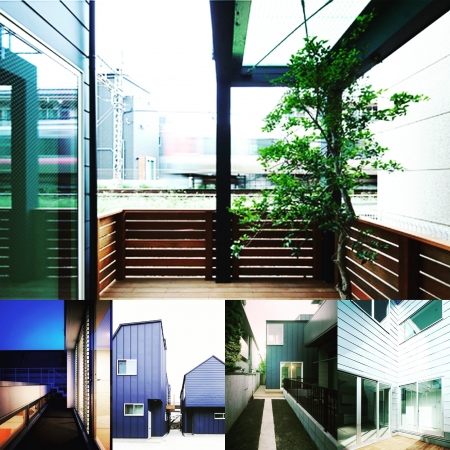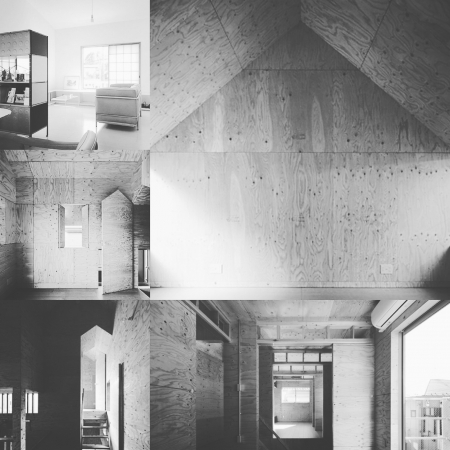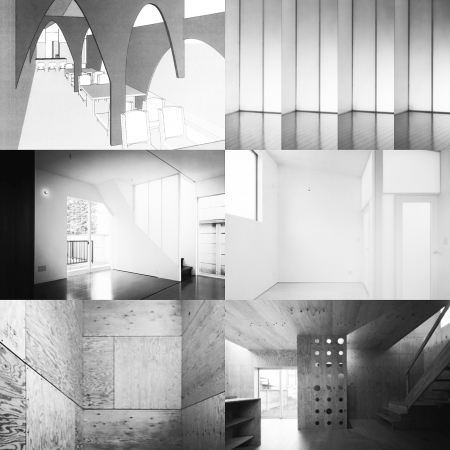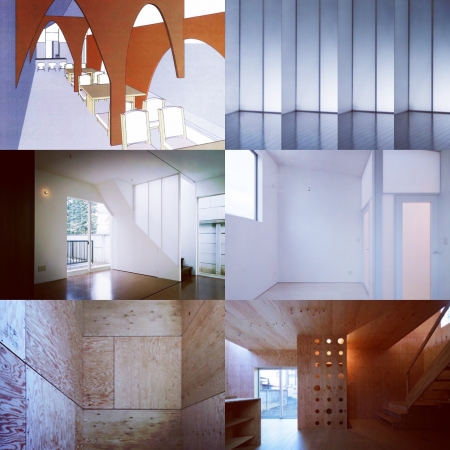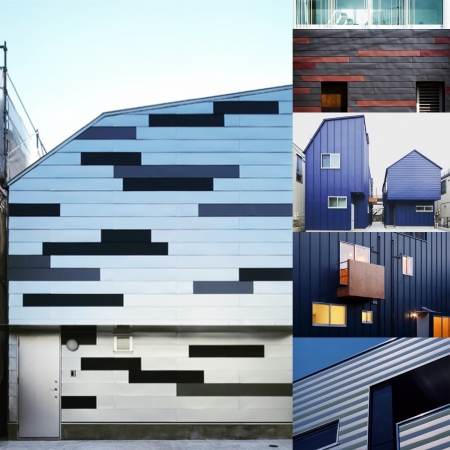奥はプライベートなスペース
住宅街の中で大きな敷地があると分割されるケースが多いが、分割せずに一塊の建築にしようとすると必ず奥の部分ができる。奥の部分とは道路から一番遠い場所である。一般的に建築の場合、道路側から順に奥へ向かってパブリックなスペースからプライベートなスペースへと変わっていく。だから、プライベートなスペースをつくりたい場合、奥にあるということだけでプライベートなスペースだと認識されてしまうので、建築としては特に何もする必要が無くなる。これは人の認識を利用する訳だが、大きな敷地の場合、それだけ建築の配置計画が重要であることを示している。
"Private space in the back"
In many cases, when there is a large site in a residential area, it is divided, but if you try to build a single building without dividing it, there will always be a back part. The back part is the farthest part from the road. Generally speaking, in the case of architecture, from the road side to the back, the public space changes to the private space. Therefore, if you want to create a private space, it will be recognized as a private space just because it is in the back, so there is no need to do anything in terms of architecture. This is based on human recognition, but in the case of a large site, it shows that the architectural layout plan is that much more important.

